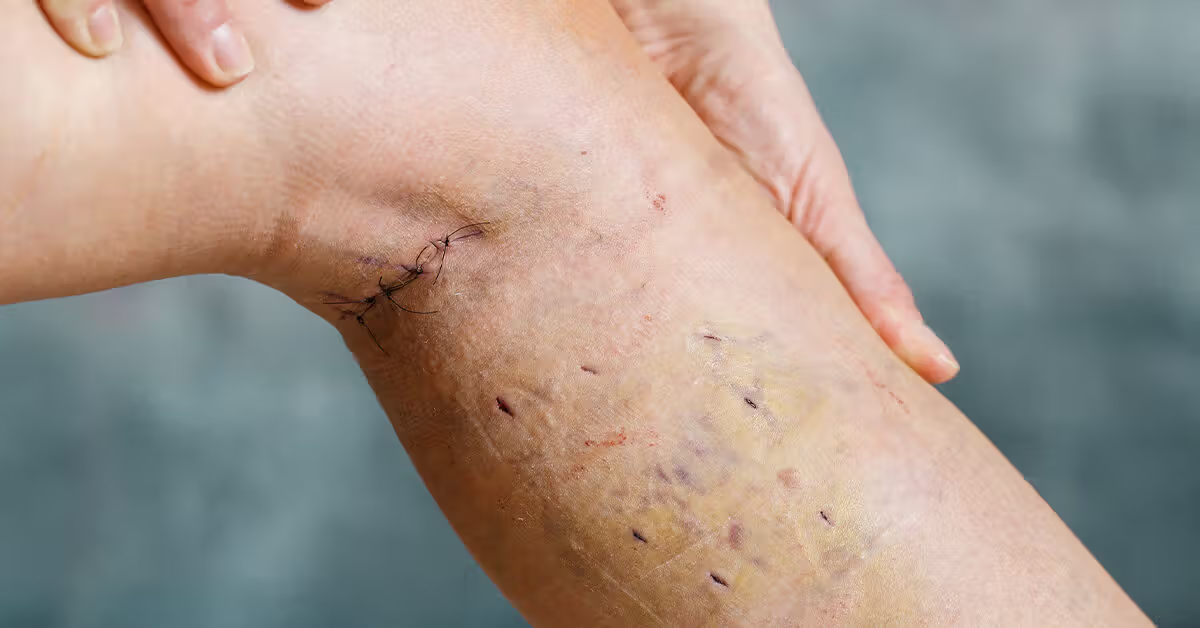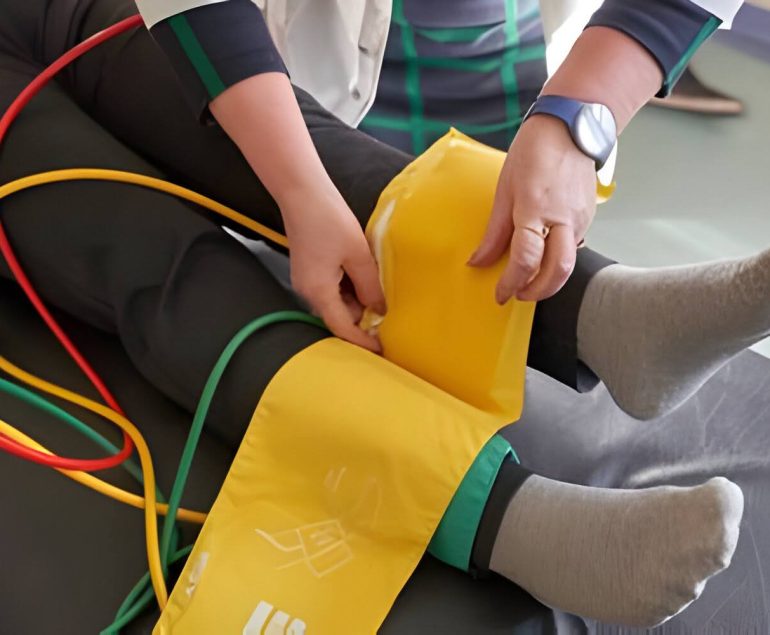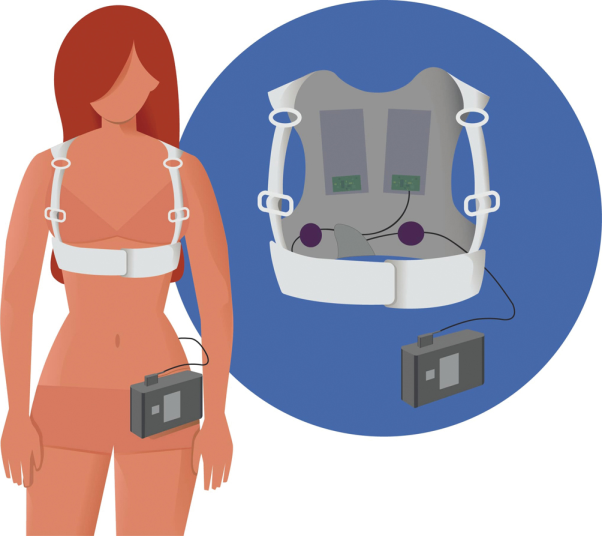Phlebectomy, also known as microphlebectomy or ambulatory phlebectomy, is a minimally invasive surgical procedure used to remove varicose veins from the legs. It is typically performed to alleviate symptoms such as pain, swelling, and discomfort associated with varicose veins and to improve the cosmetic appearance of the legs.
Procedure
The phlebectomy procedure typically involves the following steps:- Assessment: The patient’s medical history and vein condition are evaluated, and the treatment plan is discussed. The healthcare provider may perform a physical examination and imaging tests, such as ultrasound, to assess the size, location, and extent of the varicose veins.
- Preparation: The patient lies comfortably on an examination table, and the treatment area is cleansed and sterilized. Local anesthesia is administered to numb the skin and surrounding tissues.
- Marking: The healthcare provider marks the varicose veins to be removed on the skin surface using a surgical marker. The markings indicate the location and direction of the veins to guide the incisions.
- Incisions: Using a small scalpel or needle, the healthcare provider makes tiny incisions or punctures in the skin along the course of the marked veins. The incisions are typically 1-3 millimeters in size and are strategically placed to access the varicose veins while minimizing scarring and trauma.
- Vein Removal: Specialized instruments, such as hooks or forceps, are used to grasp and extract the varicose veins through the incisions. The veins are carefully dissected and removed in segments, ensuring complete extraction while preserving surrounding tissues and blood vessels.
- Closure: After the varicose veins are removed, the incisions may be closed with adhesive strips or left to heal naturally. Compression bandages or dressings may be applied to the treated area to promote healing and reduce swelling.
- Post-treatment Care: Patients are typically advised to wear compression stockings and avoid strenuous activities for a few days following phlebectomy. Regular follow-up appointments may be scheduled to monitor progress and assess for complications.
Indications
Phlebectomy may be indicated for patients with symptomatic varicose veins who are experiencing symptoms such as:- Pain or discomfort in the legs
- Swelling (edema) or heaviness in the legs
- Skin changes or discoloration
- Ulcers or sores on the legs
Benefits
Phlebectomy offers several benefits for patients with varicose veins, including:- Minimally invasive: Phlebectomy is a minimally invasive procedure that can be performed in an outpatient setting, usually under local anesthesia.
- Effective: Phlebectomy provides immediate removal of varicose veins, leading to symptom relief and improvement in the cosmetic appearance of the legs.
- Rapid recovery: Patients can typically resume normal activities within a few days after phlebectomy, with minimal downtime or recovery time required.
- High success rate: Phlebectomy has a high success rate in removing varicose veins and improving symptoms, with low rates of recurrence and complications.
Complications
Although phlebectomy is considered safe and effective, potential complications may include:- Bruising, swelling, or discomfort at the incision sites
- Infection or bleeding
- Nerve injury or numbness
- Skin discoloration or scarring
- Allergic reaction to anesthesia or medications



